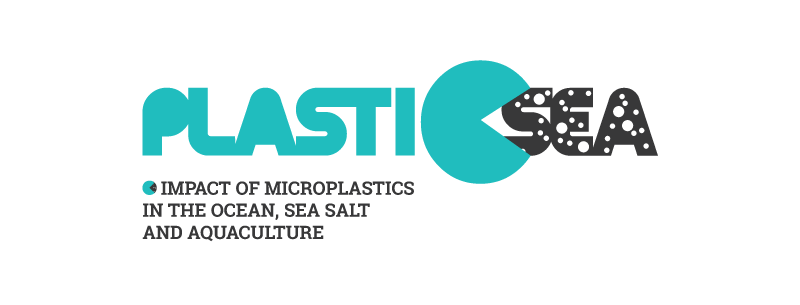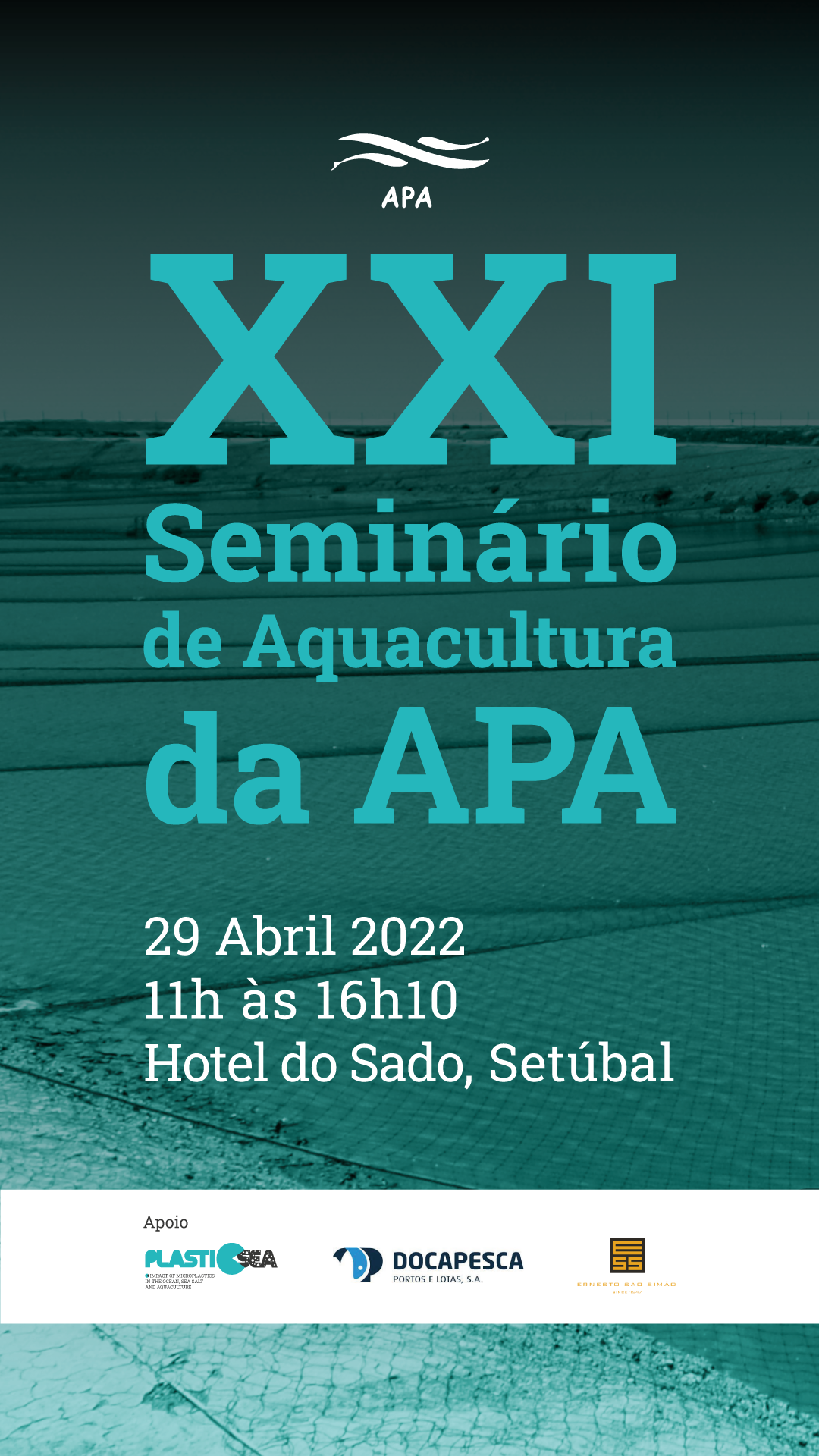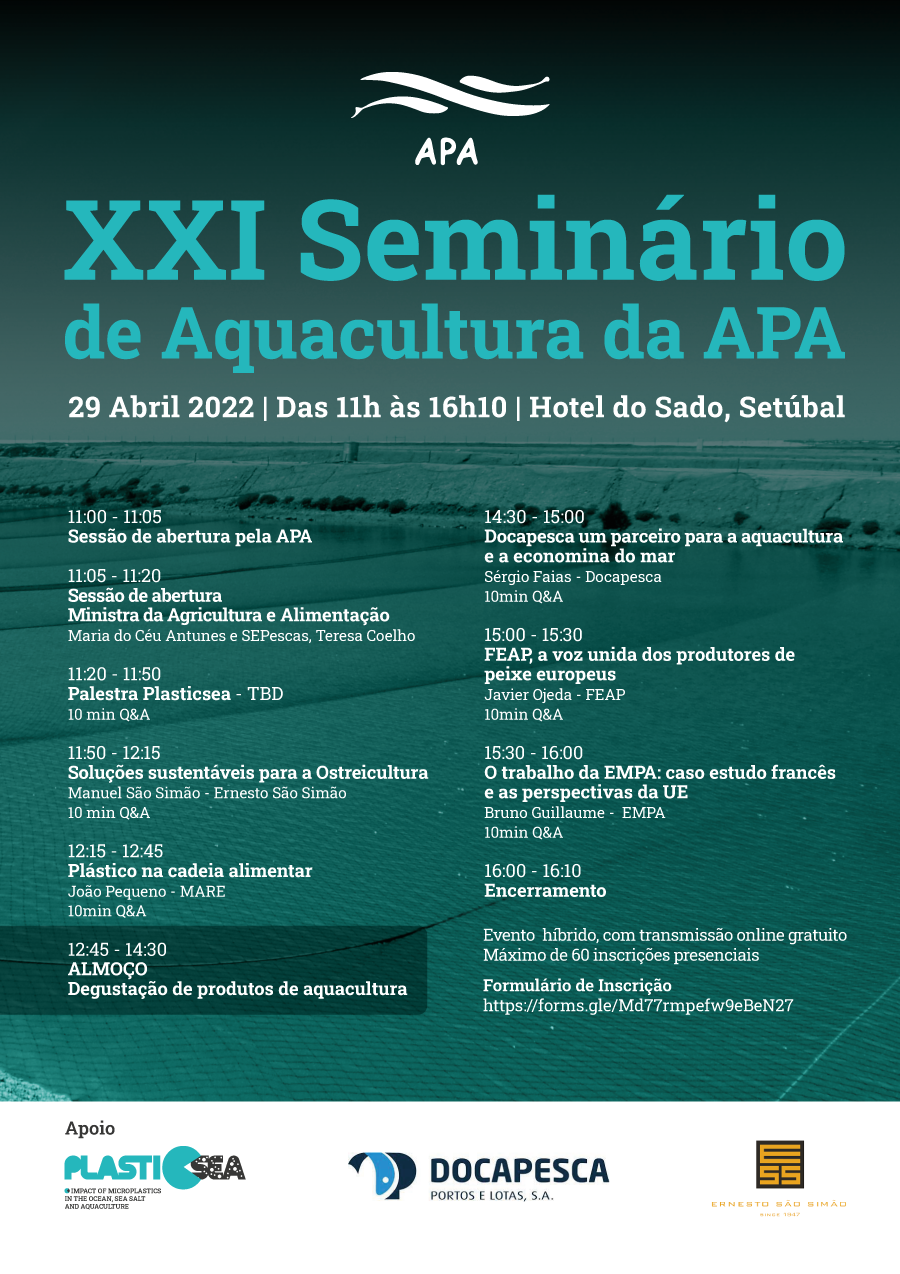

PlasticSea

This project is developed to assess the levels of microplastics (MPs) in the waters, sediments and bivalves of the Portuguese coast, and identify the sources of MPs pollution and their sources. Monitor and quantify MPs in sea salt from different production areas and identify the main sources and paths, as well as define standard methods for analyzing MPs in sea salt and good production practices to minimize the contamination of MPs in sea salt. Additionally, to assess the occurrence of PMs in important aquaculture bivalve production facilities, as well as to contribute to the development of standardized PM sampling methods in aquaculture areas. The possible trajectories of the MPs will be identified and evaluated using oceanographic models. In addition, this project also aims to characterize the target population to environmental susceptibility and other intrinsic parameters and to determine the levels of MPs and their additives in maternal blood, newborn umbilical cord blood and placental tissue. Identifying the transfer of PMs to humans and target populations at risk. The project's communication with the public will focus on the dissemination of results with the main objective of raising awareness, understanding and acting on the issue of plastic pollution.

